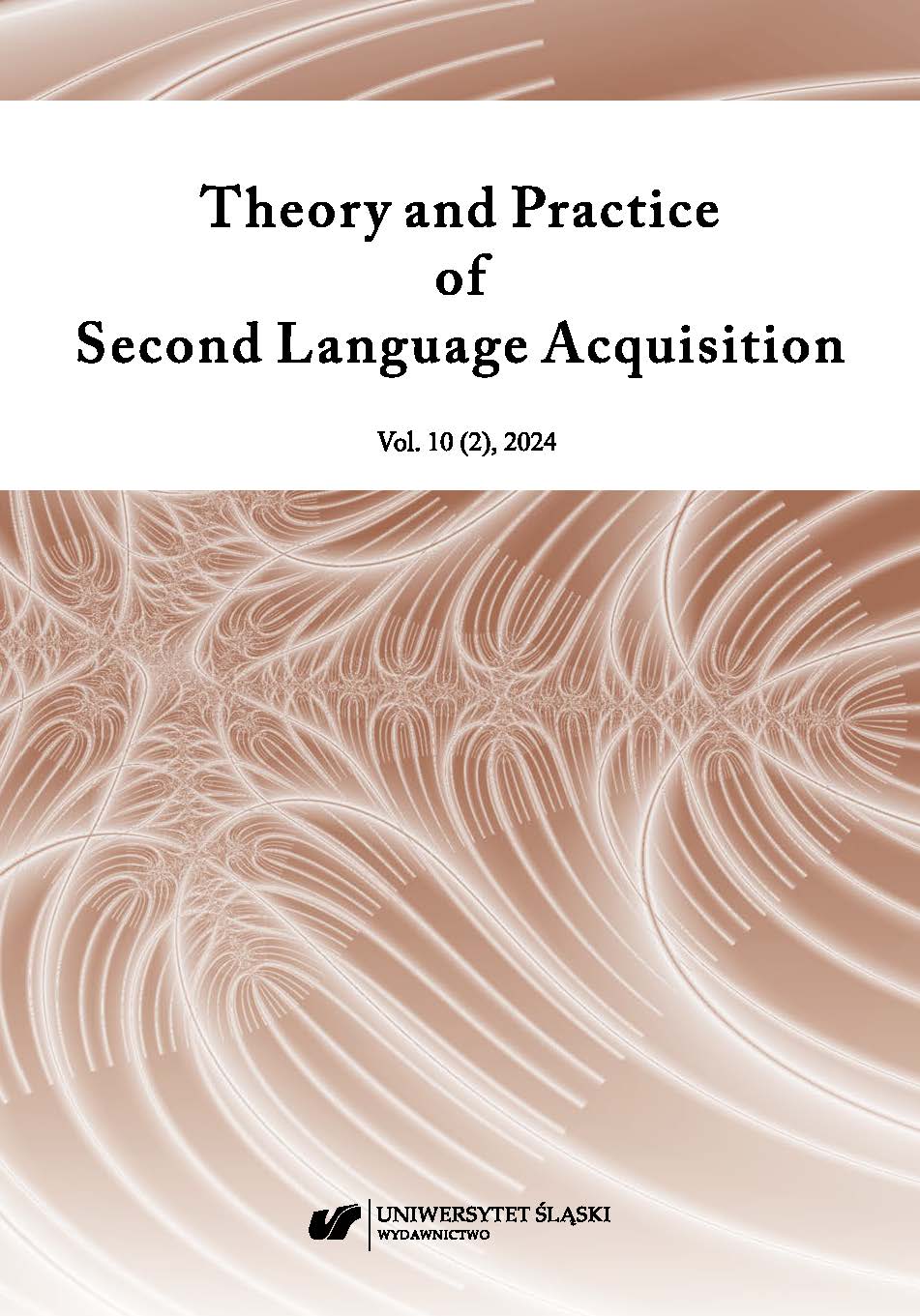Exploring Lexical Sophistication in Second Language: An Analysis of Vocabulary Using a Word-Rating Method
Exploring Lexical Sophistication in Second Language: An Analysis of Vocabulary Using a Word-Rating Method
Author(s): Eihab Abu-RabiahSubject(s): Foreign languages learning, Information Architecture, Electronic information storage and retrieval, Theoretical Linguistics, Applied Linguistics, Lexis, Language acquisition, Stylistics
Published by: Wydawnictwo Uniwersytetu Śląskiego
Keywords: language assessment; second language acquisition; passive vocabulary; controlledactive vocabulary; advanced/sophisticated words
Summary/Abstract: Previous research has established that determining lexical sophistication (i.e., the percentage of sophisticated words in a text) through the judgment of teachers on a corpus of words is a more accurate method than relying on word frequency-based lists. However, this approach can be time-consuming. To overcome this drawback, a new method is proposed in this study, which involves rating specific words out of context. A list of 68 words that appeared in approved high-school textbooks of teaching Hebrew to Arabic speakers was given to six experienced Hebrew teachers, who then categorized the words into four levels of lexical sophistication: (1) very basic words to (4) very advanced words. From this, a list of 28 words was created, with seven words from each level, and the lexical sophistication level was agreed upon by two-thirds of the teachers. Nineteen Arabic-speaking learners of Hebrew were asked to define the chosen words (passive vocabulary) and compose a sentence including each (controlled-active vocabulary) in a test-retest study at two time-points: the 11th and 12th grade. The results indicated that although there was no significant increase in lexical sophistication over time, significant differences emerged between the four levels of lexical sophistication, with students’ accuracy decreasing as the level of lexical sophistication increased. Additionally, only in the 11th grade was passive vocabulary found to be significantly larger than controlledactive vocabulary. However, as acquisition time increased, the gap between these two vocabulary types narrowed, due to improved performance in the controlled-active task. Furthermore, a significant correlation was found between passive and controlled-active vocabulary, which became stronger with more acquisition time.
Journal: Theory and Practice of Second Language Acquisition
- Issue Year: 2/2024
- Issue No: 10
- Page Range: 1-24
- Page Count: 24
- Language: English

